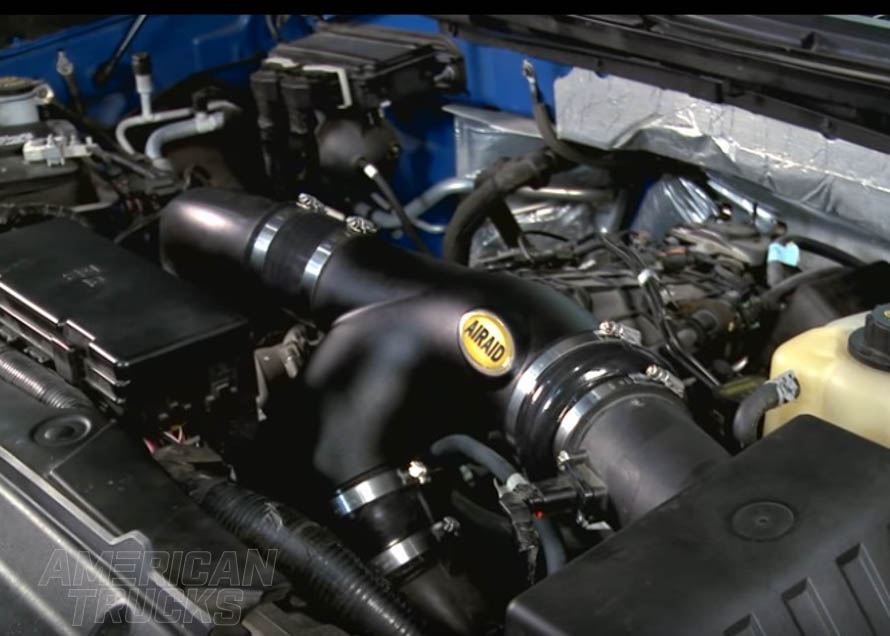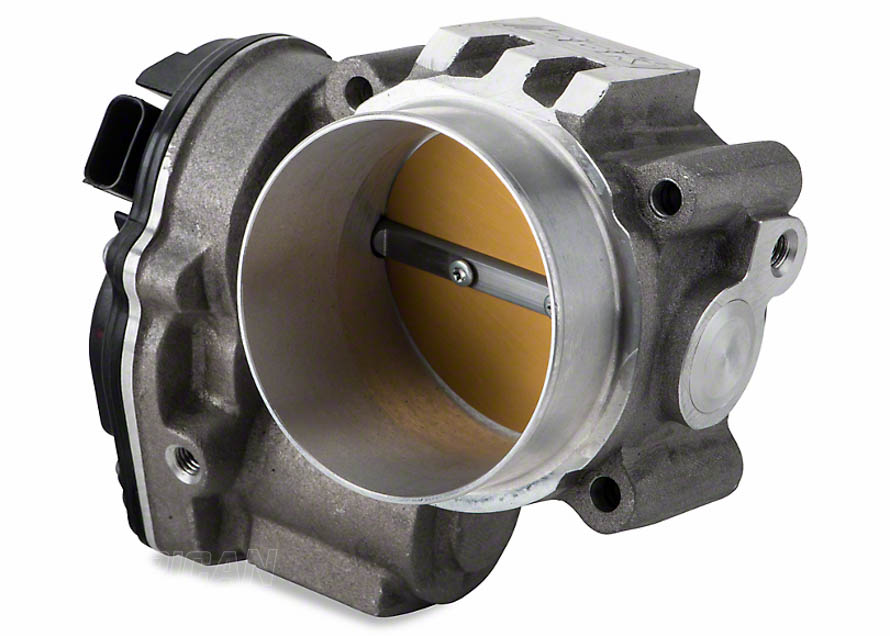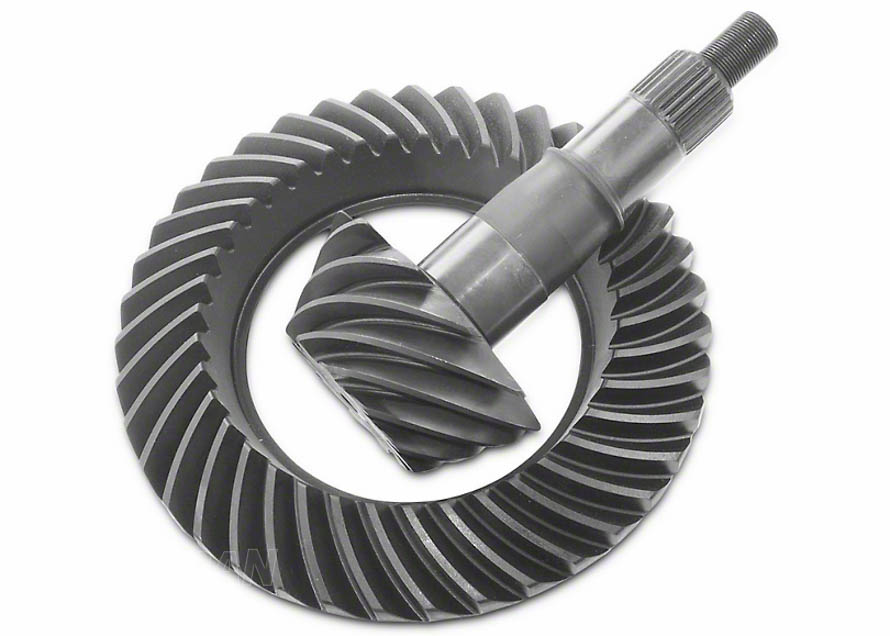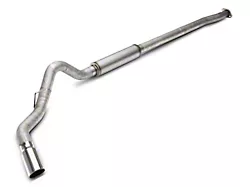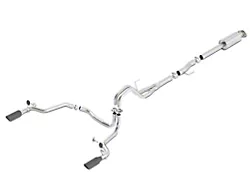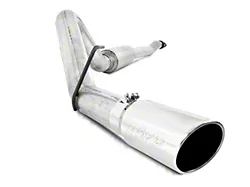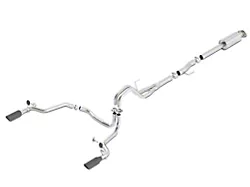The EcoBoost F-150 showed enthusiasts a turbocharged 6-cylinder could be just as potent as an N/A 8-cylinder. This guide will go over everything you need to know about the EcoBoost F-150.
Contents
- 2.7L EcoBoost F-150 Specs & Info
- 3.5L EcoBoost F-150 Specs & Info
- EcoBoost F-150 V6 Engine Compared to the V8 F-150 Engine
- How to Identify an EcoBoost Engine
- What is Ti-VCT & Does My EcoBoost Have it?
- EcoBoost F-150 Towing Capabilities
- How to Improve the Acceleration of an EcoBoost F-150
- How Many MPGs Does an EcoBoost F-150 Get?
- How Do EcoBoost F-150 Twin-Scroll Turbochargers Work?
- How Does the EcoBoost F-150 Intercooler Work?
- How Do EcoBoost F-150 Direct Injection Engines Work?
- Common Problems with the EcoBoost F-150
- EcoBoost F-150 Exhaust Systems: Y-Pipes, Cat-Backs, & Downpipes
- EcoBoost F-150 Lift Kits & Leveling Kits Explained
- How to Add 35" Tires to an EcoBoost F-150
- EcoBoost F-150 Reliability & Longevity
- When Should I Think About Rebuilding My EcoBoost Engine?
Shop F-150 Engine Mods
The EcoBoost engine is already a powerhouse, but if you're looking for more there's more to be had. Cold air intakes and throttle bodies are more basic mods where upgrading your turbo and/or intercooler are more elbows deep (maybe waist deep), involved mods.

